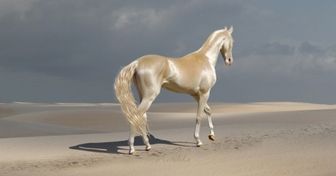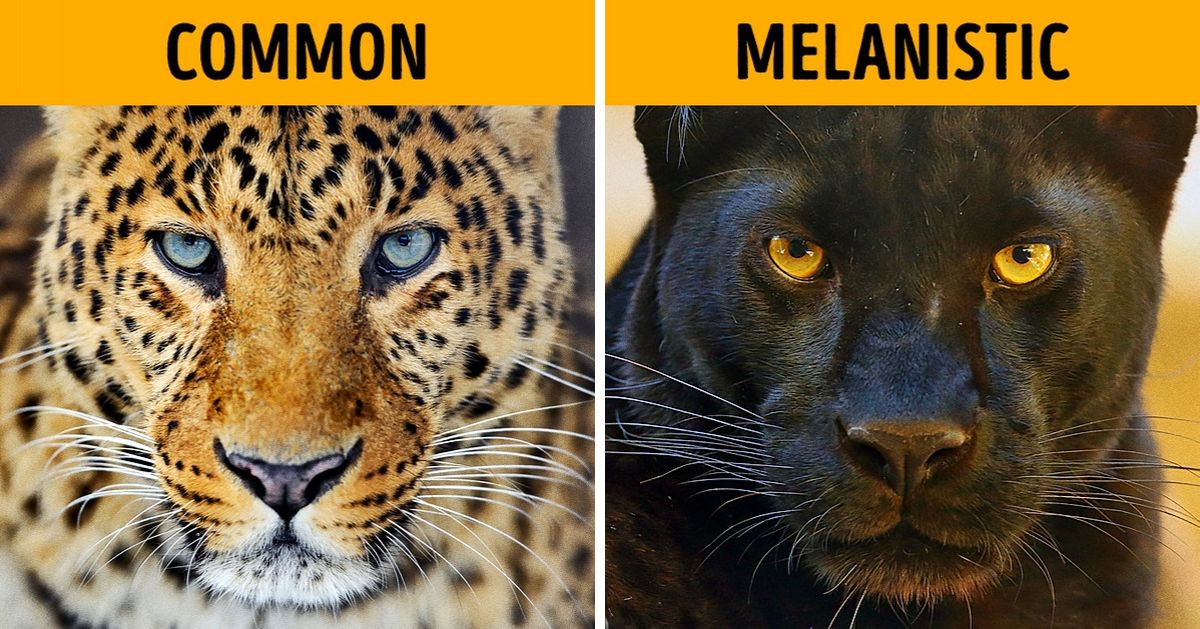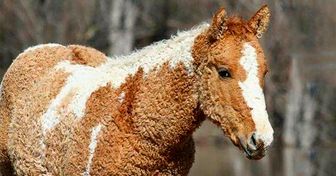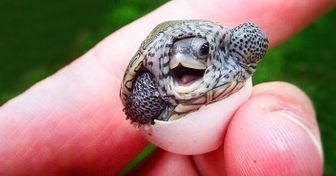15 Breathtakingly Beautiful Horses


Nature is both wonderful and tricky: always changing, always adapting, always evolving. Nothing illustrates this sentiment better than melanism — a rare genetic mutation — even more uncommon than albinism — that turns animals pitch-black, truly making them a sight to behold.
We at Bright Side invite you to have a look at those amazing creatures and compare some of them with their “ordinary” counterparts. And at the end of the article you’ll see a really extraordinary comparison.
Melanism is caused by the increased presence of a black-colored pigment in the skin. The black specimens are called “melanic,” “melanistic,” or “black morphs.”
In cases of incomplete mutation, you can still see their trademark spots.
Melanism is heritable, but it’s carried by recessive genes, so sometimes it can skip a few generations before it appears again. Melanistic babies can be born from “normal” parents and vice versa. Oftentimes melanistic and non-melanistic siblings can appear in the same litter!
Unlike albinism, which happens more often to females, melanism happens predominantly to male cats. It also turns their irises yellow!
Sometimes melanism develops to better adapt an animal to the environment. A fox who hunts at night would profit from black fur, while a lion, who is a diurnal animal, wouldn’t. So there are no melanistic lions in existence.
For these moths, the phenomenon is called "industrial melanism.’’ During the time of the Industrial Revolution, when a drastic increase in air pollution happened, more moths turned black to better hide amidst the darkened environment. Now, as pollution has reduced, the non-melanistic group is growing bigger again.
But unlike albino animals, who are much less viable in the wild due to their visible skin and poor eyesight, melanism often proves to be useful for survival: both in hunting and hiding. In these cases, the mutation will be picked up and carried on by natural selection.
If you’ve ever met a melanistic animal or — even cooler — if you have one, share your stories and photos in the comments.











